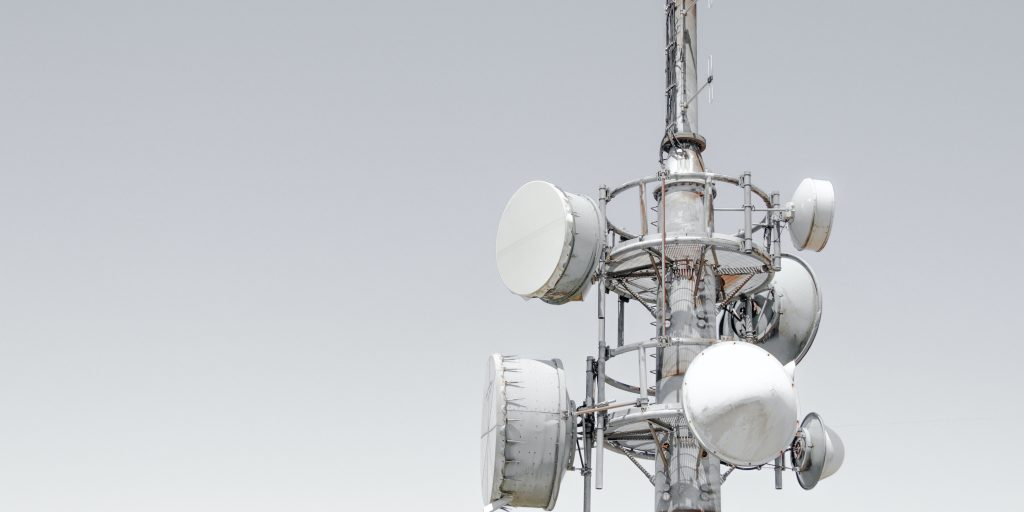Planning for 5G wireless densification for the smart city
The advent of 5G wireless networks offers urban planners and dwellers a generational jump in bandwidth, connectivity and opportunities. First and most obvious will be the gigabit throughput from 5G cell phones and stationary connections. Organizations and citizens will have much faster access to online educational, financial and entertainment services. This will attract businesses and knowledge workers to those cities that have better 5G coverage.
The 5G infrastructure will also be a platform for new industries such as autonomously driven vehicles, ultra-high-definition video and virtual reality. That’s why many cities are looking for the most efficient path for deployment of 5G infrastructure.
As this infrastructure becomes widespread, it will increasingly support the operations of municipalities. Forward-looking city planners are preparing for wireless services that can help improve traffic movement and congestion, monitor air pollution, improve safety and medical services and optimize use of city resources. These are the elements of the “smart city.”
5G densification challenges urban planning
Deploying 5G wireless service will be much more challenging than it was for prior generations. While a 4G macro cell site can maintain a wireless connection over a distance of a mile or more, the higher frequency “millimeter wave” signals used in 5G networks can maintain reliable connections for about one-tenth of a mile. To provide continuous coverage, 5G small cell sites must be lower to the ground and significantly closer to one another than previous wireless generations. In fact, the 5G wireless infrastructure will comprise between six to 12 times more cell sites than earlier generations.
Moreover, the service providers will need to locate more small cells where there is the most need for densification—in the busiest streets, plazas and neighborhoods. That means they will likely be mounted on or within current street furniture, impacting urban aesthetics and utility operations. At the same time, other municipal smart city programs—such as EV chargers, pollution sensors and public safety devices—are targeting the same areas for their street-level infrastructure. This is a fast-growing problem for urban planners, and for the utilities that maintain much of the street-level poles and structures.\
Emerging solutions conceal 5G radios and antennas
Even though they are much smaller than the familiar 4G macro cell sites, 5G small cell sites include antennas, electronics, cabling and enclosures that may appear to clutter up the airspace immediately overhead. In some places, citizens are concerned about finding 5G radios in their neighborhoods. Options for concealment of this equipment will play an important role in deployment.
Manufacturers of 5G small cell infrastructure are looking for materials that can cover 5G radios and antennas, making them invisible to passersby while not impacting the small cell’s performance or coverage. Material for these covers and shrouds must be tested and approved for use at 5G mmWave frequencies, and fully backwards compatible with 4G and earlier wireless technologies, such as Raycap’s InvisiWave® composite material.
Shrouds such as these can be painted to match existing street architecture, and show proven durability to stand up to environmental extremes. It gives municipalities the latitude to decide where and how to use small cell concealment, which streamlines the process of defining regulations and processes for deploying 5G networks that meet aesthetic and densification requirements.
A range of small cell types provides flexibility
Every city neighborhood has its own history and geography, so municipalities should plan to use a set of 5G small cell solutions to fit the individual physical environment and architecture. Most neighborhoods have existing street furniture, especially streetlight poles: these will form the backbone of the 5G infrastructure.
A new generation of small cell street poles leverages concealment to meet 5G small cell regulations and simplify municipal smart city programs. These “integrated poles” combine and conceal all the electronics needed for 4G and 5G wireless networks. They also can integrate lighting, monitoring and other functions to replace existing streetlight poles. There are several components of integrated street poles that together improve the capability to quickly deploy 5G with minimal impact on the city.
Integrated 5G small cell sites can also be mounted on existing streetlight poles using an emerging class of enclosures (or “shrouds”). The proper shroud material allows the delivery of full 5G millimeter-wave service with all the supporting electronics, connectivity and surge protection on any pole, safely out of sight.
In cases where poles are unavailable, municipalities can add into the mix familiar small-cell options—such as wall-mounted and rooftop solutions, as well as small cells incorporated with signage. This is especially useful to augment coverage from street furniture with small cells on buildings and other structures. These small cell sites can blend seamlessly into the cityscape while providing high performance wireless services.
Densify for your smart city
Municipalities should plan for maximum densification in the urban environments where they most need smart city services. Integrated poles provide the ultimate densification, placing 5G small cell equipment and other smart city infrastructure within an attractive streetlight. 5G small cell enclosures provide for fast deployment where street-level furniture is difficult to upgrade. Wall, rooftop and signage solutions accommodate siting opportunities and challenges.
Apostolis Sotiriou is a graduate of the Aristotle Technical University in Telecommunications. He received his PhD in Electrical and Computer Engineering from the National Technical University of Athens and received Executive Business Training at Harvard Business School. Before joining Raycap, he worked as a technical engineer for Cosmote Mobile Communications.




















